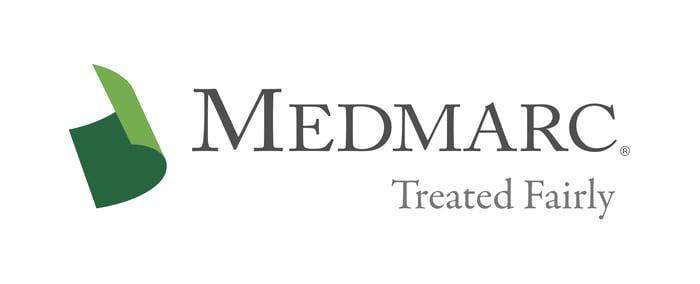Quality System
The term "quality" refers to a medical device's fitness for its intended use. To ensure quality, the Food and Drug Administration (FDA) requires the manufacturers of medical device to develop and implement quality systems. This article is intended to describe the major components of a quality system.
Quality System
A quality system is the organizational structure, responsibilities, procedures, processes, and resources for implementing quality management. Every medical device manufacturer must establish and maintain a quality system that is appropriate for the specific medical devices it designs or manufactures. Key components of a quality management system include a quality policy, quality plan, quality audit system, and training program.
Quality Policy
The quality policy expresses the manufacturer's overall commitment to and objectives for quality. Because of the policy's importance, a manufacturer is required by the FDA to task a senior employee with management responsibility to develop the policy and ensure that it is implemented, understood, and maintained throughout the company. He or she must also have the authority to make changes to the policy as necessary.
Quality Plan
A manufacturer must also develop a quality plan that describes the quality practice, resources, and activities that are relevant to the device. A single manufacturer can have several quality plans, each unique to a particular medical device being designed or manufactured. Practically speaking, the criteria of a quality plan should be related to the potential harm caused to the end-user if quality standards are not met.
Quality Procedures
The manufacturer must also develop procedures that are intended to meet the objectives set forth in the quality policy and that enact the quality plan.
Quality Audits
Once the quality policy, plan, and procedures are in place, the manufacturer must routinely audit the quality system. A quality audit is a systematic, independent examination of a manufacturer's quality system that verifies that all standards are being met and that the quality system is effective. The audit should identify any deficient areas and the resulting corrective actions taken. It is a good practice to conduct re-audits to ensure that the corrective action(s) remedied the problem. The personnel who conduct the audit must not have direct responsibility for the area being audited; however, audit results should be provided to those with responsibility for that particular area. Lastly, the dates and results of the audits should be documented.
Personnel Training
Medical device manufacturers must ensure that their personnel have the necessary education, background, training and experience to implement and maintain the quality system. Training needs should be identified and training provided as necessary. As part of the training, personnel should be made aware of the types of medical device defects which may occur if their jobs are not performed properly. Those personnel performing validation and verification activities must be made aware of the defects or errors that may occur as part of their job function. All training provided should be documented.
For additional resources contact the Marketing department
Phone: 888-633-6272
Medmarc is a part of ProAssurance Group, a family of specialty liability insurance companies. The product material is for informational purposes only. In the event any of the information presented conflicts with the terms and conditions of any policy of insurance offered from ProAssurance, its subsidiaries, and its affiliates, the terms and conditions of the actual policy will apply.
Copyright © 2024 - Medmarc
